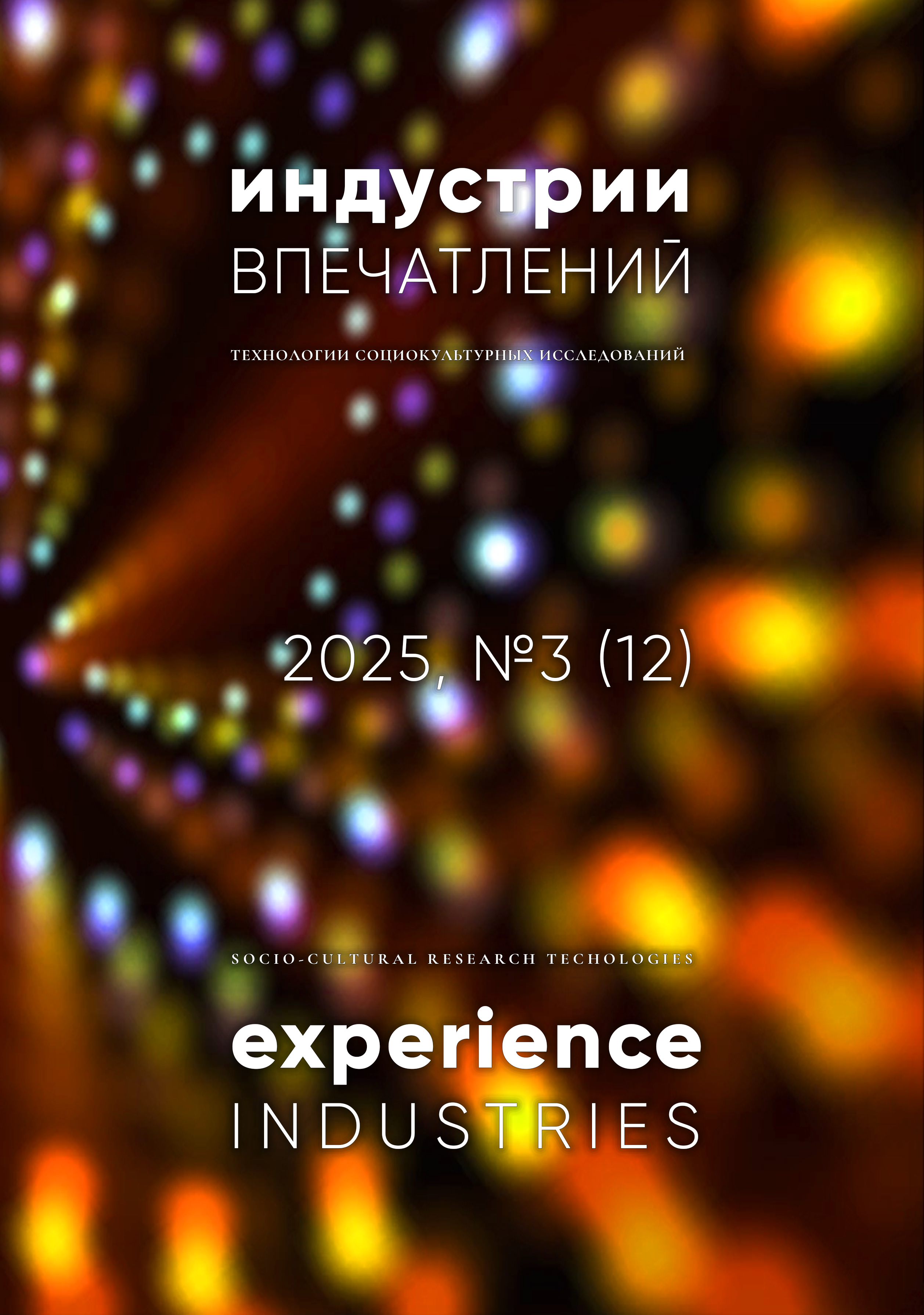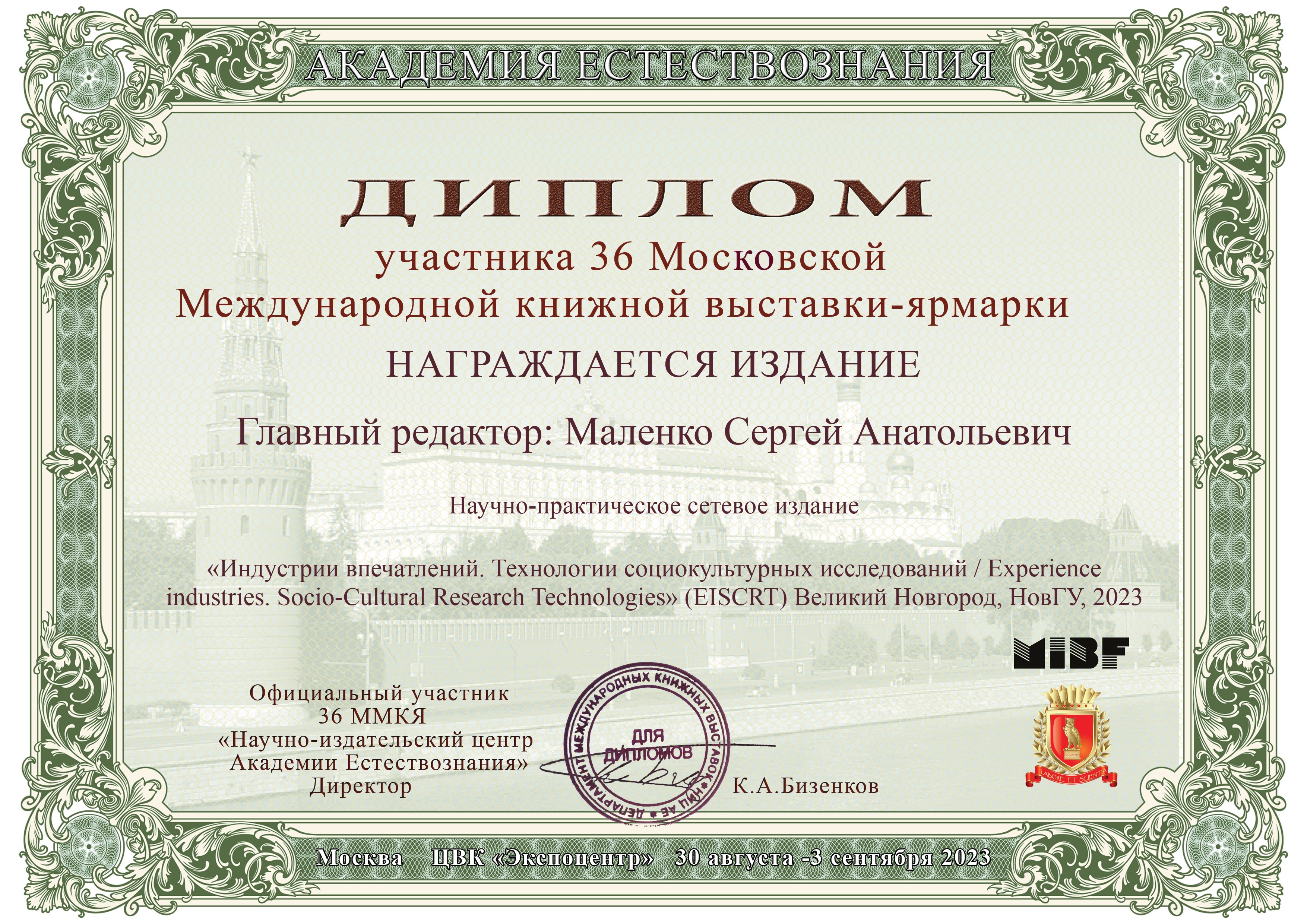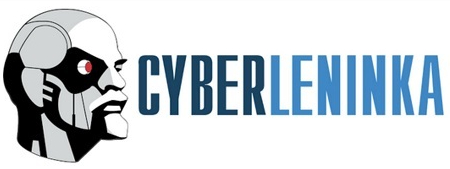SO WHO REALLY RULES REALITY? SYMBOLIC MECHANISMS OF IMPLEMENTATION OF POWER IN THE INFORMATION SOCIETY
DOI:
https://doi.org/10.34680/EISCRT-2025-3(12)-232-282Keywords:
digital society, symbol, sign, culture, representation, identity, media, power, politics, mass media, communicationAbstract
The article examines the role of the sign-symbolic apparatus of culture in a modern digital society, within which communication and media cease to be just channels for transmitting information, turning into tools for influencing and managing attention. In the era of global virtualization, symbols and images acquire an independent ontological status, since they not only reflect reality, but also actively create its new, simulative forms. This is where the power potential of culture manifests itself: with the help of signs and codes, mass consciousness is directed and structured, forming behavior patterns, value guidelines and social identities. The author shows how the media, advertising, the film industry and digital platforms create an “industry of impressions”, a space in which experiences and emotions become the main resource of power drawing on the ideas of J.-F. Lyotard on the crisis of metanarratives, J. Baudrillard on simulacra and C.-G. Jung on the role of archetypes in the collective unconscious. Symbolic constructions set the content of mass culture and the rhythm of social life, replacing direct experience with virtual images. As a result, it is emphasized that understanding the mechanisms of symbolic influence becomes the key to understanding modern culture, in which the struggle of ideas shifts to the sphere of visual codes and signs, and critical perception turns into an indispensable condition of cultural and personal freedom.








